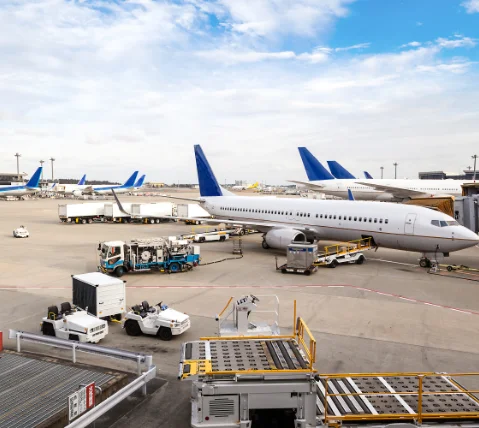Airport Noise Mitigation
Get an independent review of current noise management performance and noise impacts relative to any existing Part 150 or noise contours of record, FAA record of approvals, and any environmental impact statements.
Our Noise Assessment Process Provides:
- Establishing current noise impact for the preceding year utilizing flight track data, current fleet mix, and runway use.
- Evaluating the current noise impacts against the noise contour of record and any predicted noise contours to determine the accuracy of predictions and assumptions that led to those predictions.
- Identifying discrepancies between the predicted and actual noise environments.
- Providing alternatives to alleviate noise impacts related to discrepancies and opportunities to mitigate noise within already established noise contour limits.
Community Technical Support
It is critical that communities have airplane noise technical support to suggest alternatives that are achievable. When community suggestions lack technical analysis, they are likely to be denied. Without technical analysis to validate recommendations, the FAA and the airport are left to their own resources to evaluate alternatives.
When a solid technical analysis demonstrates the potential value of a recommendation, the FAA and airports have been supportive in considering its implementation. Another critical factor requiring technical analysis is determining a fair balance of noise impacts. Communities share the benefits of the airport equally, and they must also share in the burden of aircraft operations noise.
Striking the appropriate noise impact balance should be the goal. We have developed tools to analyze noise population impacts of overflights and day-night average sound level (DNL) maps. These tools have facilitated consensus among impacted populations on appropriate runway use goals. Communities armed with adequate technical information are often willing to concede factors affecting safety and efficiency while seeking reasonable noise mitigation efforts. This approach lessens the negative perception of both the airport and the FAA.
